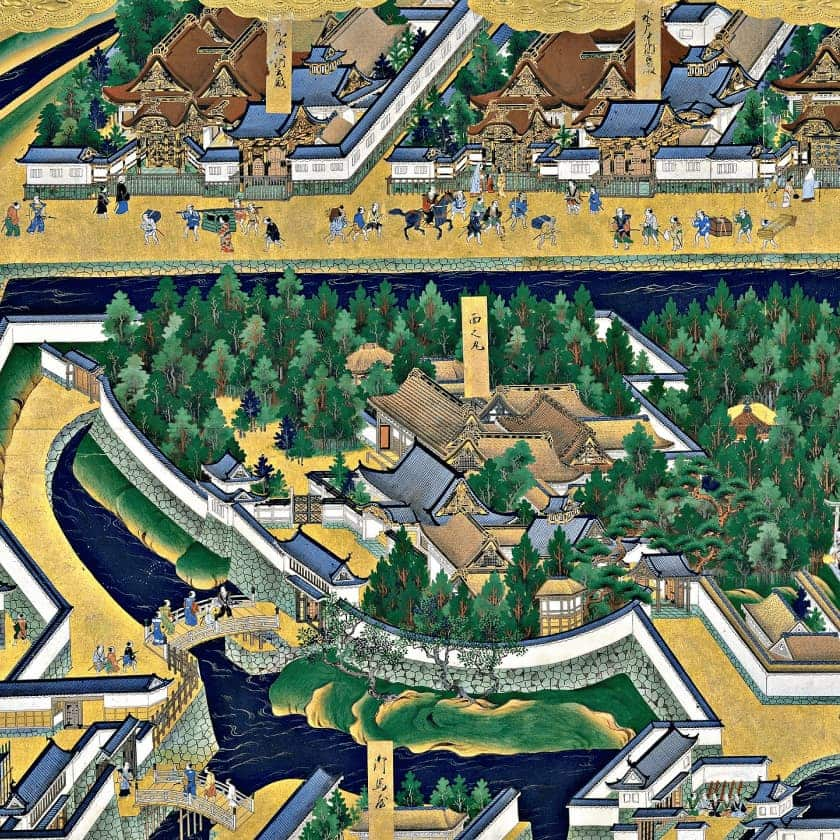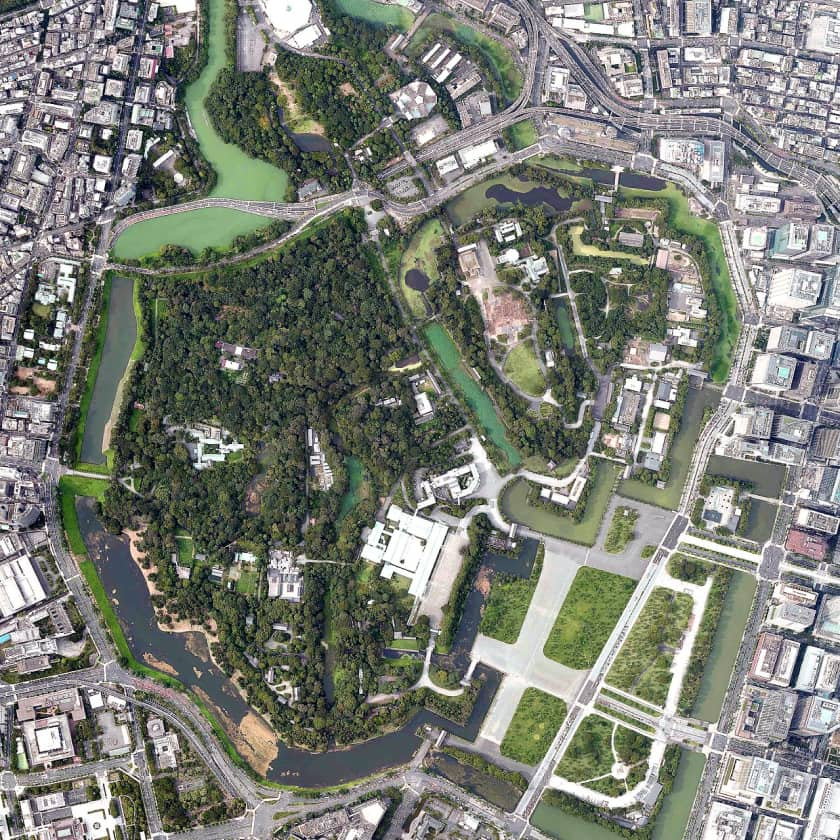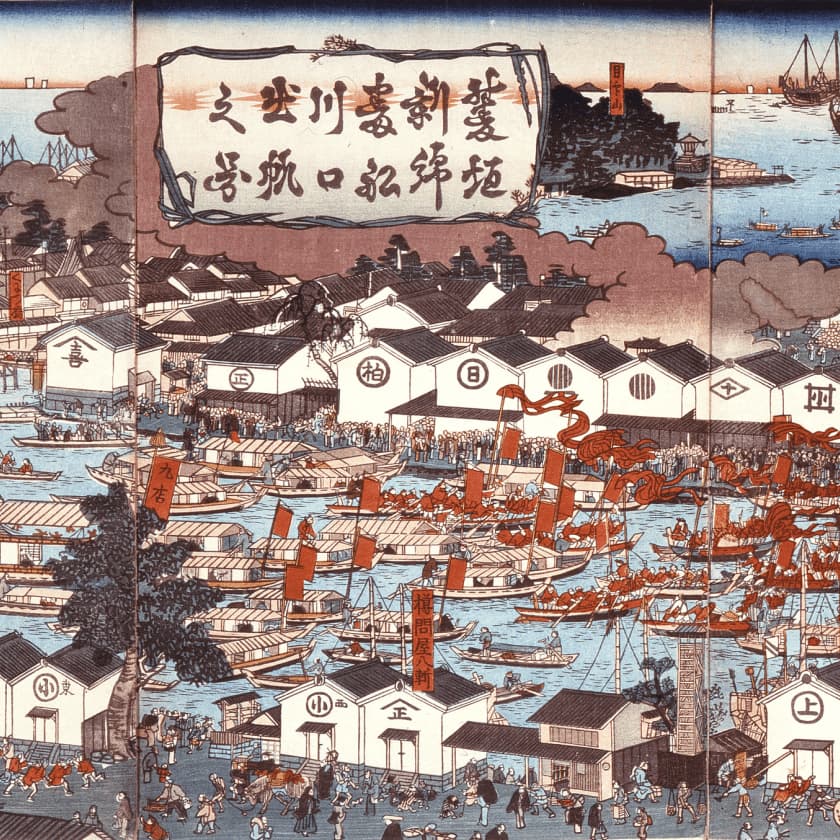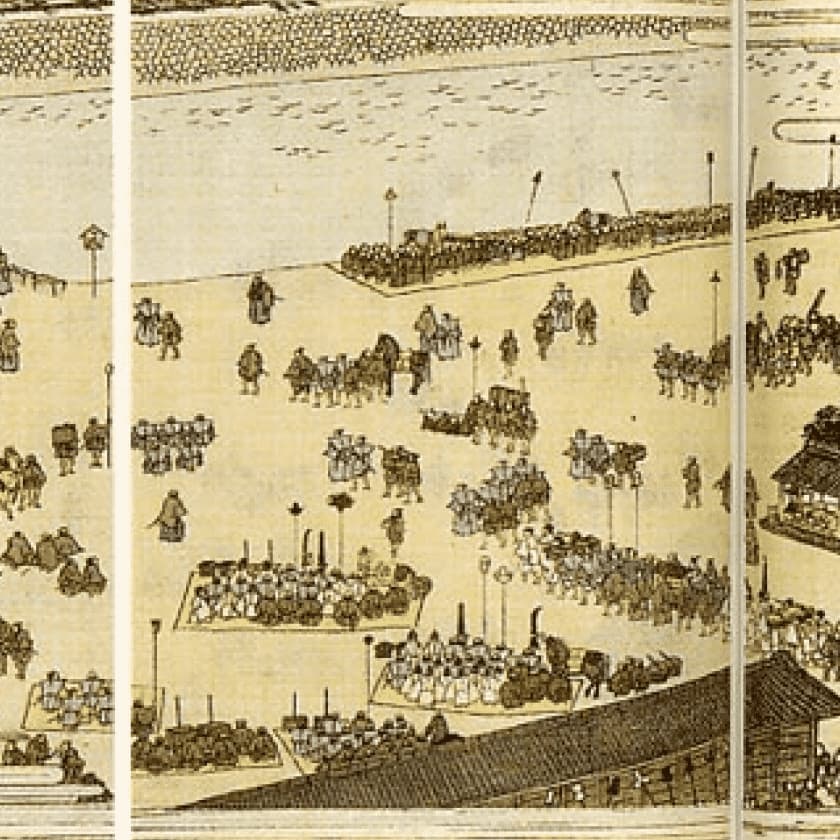01 / 05
unification of japan
tokugawa ieyasu
01 / 05
01 / 05
unification of japan
tokugawa ieyasu
01 / 05
徳川家康
01 / 05
unification of japan
tokugawa ieyasu
01 / 05
01 / 05
unification of japan
tokugawa ieyasu
01 / 05
biodata
[ Crest of the Toyotomi Clan ]
Position
Tokugawa clan leader
timeline
1543
1616
capital
Edo Castle
control
supreme control of japan
power
13 yrs in power
legacy
unity & stability
02 / 05
tokugawa ieyasu
03 / 05
tokugawa ieyasu is famous for ending years of civil war to welcome a new era and 250 years of peace and stability
Ieyasu is known for being a cunning and cautious leader who bides his time until he is sure of his success. He skilfully created a system not just to maintain peace and balance but to keep the Tokugawa family in power.
introduction
03 / 05
capital / base
chiba
yamanashi
kanagawa
shizuoka
tochigi
fukushima
gunma
saitama
ibaraki
miyagi
niigata
tokyo
ieyasu returned to familiar ground to establish a new capital
He established his government there after emerging victorious in the Battle of Sekigahara in 1600. Edo Castle, located in what is now the heart of Tokyo, served as the primary residence and administrative center of the Tokugawa Shogunate
edo castle
tokugawa ieyasu
04 / 05
battle strategy
04 / 05
battle
battle
battle
strategy
By combining military prowess with political acumen, Ieyasu established the foundation for the Tokugawa shogunate and brought an era of stability to the country
Centralized Command Structure
With clear lines of authority and efficient communication channels, this organizational system allowed for swift decision-making and coordination of military operations, enhancing the effectiveness of his battles
Centralized Command Structure
With clear lines of authority and efficient communication channels, this organizational system allowed for swift decision-making and coordination of military operations, enhancing the effectiveness of his battles
Centralized Command Structure
With clear lines of authority and efficient communication channels, this organizational system allowed for swift decision-making and coordination of military operations, enhancing the effectiveness of his battles
Strategic Patience
Ieyasu demonstrated strategic patience, often biding his time and waiting for the opportune moment to strike. By patiently waiting for favorable circumstances, he avoided unnecessary risks
Strategic Patience
Ieyasu demonstrated strategic patience, often biding his time and waiting for the opportune moment to strike. By patiently waiting for favorable circumstances, he avoided unnecessary risks
Strategic Patience
Ieyasu demonstrated strategic patience, often biding his time and waiting for the opportune moment to strike. By patiently waiting for favorable circumstances, he avoided unnecessary risks
Defensive Posture
Ieyasu favored defensive strategies, prioritizing the fortification of strategic positions and patiently waiting for advantageous opportunities. By fortifying key territories, he can withstand external threats and maintain control
Defensive Posture
Ieyasu favored defensive strategies, prioritizing the fortification of strategic positions and patiently waiting for advantageous opportunities. By fortifying key territories, he can withstand external threats and maintain control
Defensive Posture
Ieyasu favored defensive strategies, prioritizing the fortification of strategic positions and patiently waiting for advantageous opportunities. By fortifying key territories, he can withstand external threats and maintain control
Feigned Retreats
Ieyasu employed the tactic of feigned retreats to lure enemy forces into pursuing his seemingly retreating army, only to then turn around and ambush them, exploiting their pursuit to inflict heavy casualties
Feigned Retreats
Ieyasu employed the tactic of feigned retreats to lure enemy forces into pursuing his seemingly retreating army, only to then turn around and ambush them, exploiting their pursuit to inflict heavy casualties
Feigned Retreats
Ieyasu employed the tactic of feigned retreats to lure enemy forces into pursuing his seemingly retreating army, only to then turn around and ambush them, exploiting their pursuit to inflict heavy casualties
battle strategy
04 / 05
toyotomi hideyoshi
04 / 05
tokugawa ieyasu
05 / 05
pivotal moments
05 / 05
pivotal
pivotal
pivotal
moments
From his decisive victory at the Battle of Sekigahara to the establishment of the Tokugawa shogunate and the construction of Edo Castle, each event highlights Ieyasu's strategic acumen and enduring influence in his conquest
1593
Edo Castle Construction
Ieyasu's construction and expansion of Edo Castle (present-day Tokyo) transformed it into a formidable fortress and the center of political power in Japan, symbolizing the Tokugawa shogunate's authority

Residences of the three Tokugawa families

Aerial view of the inner grounds of Edo Castle
1593
Edo Castle Construction
Ieyasu's construction and expansion of Edo Castle (present-day Tokyo) transformed it into a formidable fortress and the center of political power in Japan, symbolizing the Tokugawa shogunate's authority

Residences of the three Tokugawa families

Aerial view of the inner grounds of Edo Castle
1593
Edo Castle Construction
Ieyasu's construction and expansion of Edo Castle (present-day Tokyo) transformed it into a formidable fortress and the center of political power in Japan, symbolizing the Tokugawa shogunate's authority

Residences of the three Tokugawa families

Aerial view of the inner grounds of Edo Castle
1600
Battle of Sekigahara
Tokugawa Ieyasu's decisive victory at the Battle of Sekigahara solidified his control over Japan, marking the beginning of the Tokugawa shogunate's rule and effectively ending the Sengoku period

Japanese screen depicting the Battle of Sekigahara

Battle of Sekigahara folding screen
1600
Battle of Sekigahara
Tokugawa Ieyasu's decisive victory at the Battle of Sekigahara solidified his control over Japan, marking the beginning of the Tokugawa shogunate's rule and effectively ending the Sengoku period

Japanese screen depicting the Battle of Sekigahara

Battle of Sekigahara folding screen
1600
Battle of Sekigahara
Tokugawa Ieyasu's decisive victory at the Battle of Sekigahara solidified his control over Japan, marking the beginning of the Tokugawa shogunate's rule and effectively ending the Sengoku period

Japanese screen depicting the Battle of Sekigahara

Battle of Sekigahara folding screen
1603
Establishment of the Tokugawa Shogunate
Following his victory at Sekigahara, Ieyasu was granted the title of shogun by the Emperor, officially establishing the Tokugawa Shogunate. This marked the beginning of over two centuries of Tokugawa rule, known as the Edo period, characterized by stability, peace, and strict social order

Tokugawa Shogun receiving daimyo in an audience

The Tokugawa Shoguns, 1875 by Yoshitora
1603
Establishment of the Tokugawa Shogunate
Following his victory at Sekigahara, Ieyasu was granted the title of shogun by the Emperor, officially establishing the Tokugawa Shogunate. This marked the beginning of over two centuries of Tokugawa rule, known as the Edo period, characterized by stability, peace, and strict social order

Tokugawa Shogun receiving daimyo in an audience

The Tokugawa Shoguns, 1875 by Yoshitora
1603
Establishment of the Tokugawa Shogunate
Following his victory at Sekigahara, Ieyasu was granted the title of shogun by the Emperor, officially establishing the Tokugawa Shogunate. This marked the beginning of over two centuries of Tokugawa rule, known as the Edo period, characterized by stability, peace, and strict social order

Tokugawa Shogun receiving daimyo in an audience

The Tokugawa Shoguns, 1875 by Yoshitora
1614
The Siege of Osaka Castle
Ieyasu's successful suppression of the Toyotomi clan's last major uprising at Osaka Castle cemented Tokugawa dominance and eliminated a significant rival to his authority

The Summer Battle of Osaka Castle

Osaka Castle (present day)
1614
The Siege of Osaka Castle
Ieyasu's successful suppression of the Toyotomi clan's last major uprising at Osaka Castle cemented Tokugawa dominance and eliminated a significant rival to his authority

The Summer Battle of Osaka Castle

Osaka Castle (present day)
1614
The Siege of Osaka Castle
Ieyasu's successful suppression of the Toyotomi clan's last major uprising at Osaka Castle cemented Tokugawa dominance and eliminated a significant rival to his authority

The Summer Battle of Osaka Castle

Osaka Castle (present day)
1629
The Tokugawa Code of Laws
Ieyasu's promulgation of a comprehensive legal code, the Buke Shohatto, established strict regulations governing the behavior and social status of samurai, reinforcing the Tokugawa government's control and social order

Ukiyo-e prints depicting Osaka's bustling shipping industry

Edo period police
1629
The Tokugawa Code of Laws
Ieyasu's promulgation of a comprehensive legal code, the Buke Shohatto, established strict regulations governing the behavior and social status of samurai, reinforcing the Tokugawa government's control and social order

Ukiyo-e prints depicting Osaka's bustling shipping industry

Edo period police
1629
The Tokugawa Code of Laws
Ieyasu's promulgation of a comprehensive legal code, the Buke Shohatto, established strict regulations governing the behavior and social status of samurai, reinforcing the Tokugawa government's control and social order

Ukiyo-e prints depicting Osaka's bustling shipping industry

Edo period police
1635
Attendance System
To control the daimyo and prevent uprisings, Ieyasu introduced the "Alternate Attendance" system (sankin-kotai), requiring daimyo to spend alternating periods of time in their domains and at the Tokugawa court in Edo (Tokyo). This system effectively kept the daimyo under surveillance and ensured their loyalty to the shogunate

En masse Attendance of Daimyo at Edo Castle

Folding Screen Depicting Attendance of Daimyōs
1635
Attendance System
To control the daimyo and prevent uprisings, Ieyasu introduced the "Alternate Attendance" system (sankin-kotai), requiring daimyo to spend alternating periods of time in their domains and at the Tokugawa court in Edo (Tokyo). This system effectively kept the daimyo under surveillance and ensured their loyalty to the shogunate

En masse Attendance of Daimyo at Edo Castle

Folding Screen Depicting Attendance of Daimyōs
1635
Attendance System
To control the daimyo and prevent uprisings, Ieyasu introduced the "Alternate Attendance" system (sankin-kotai), requiring daimyo to spend alternating periods of time in their domains and at the Tokugawa court in Edo (Tokyo). This system effectively kept the daimyo under surveillance and ensured their loyalty to the shogunate

En masse Attendance of Daimyo at Edo Castle

Folding Screen Depicting Attendance of Daimyōs